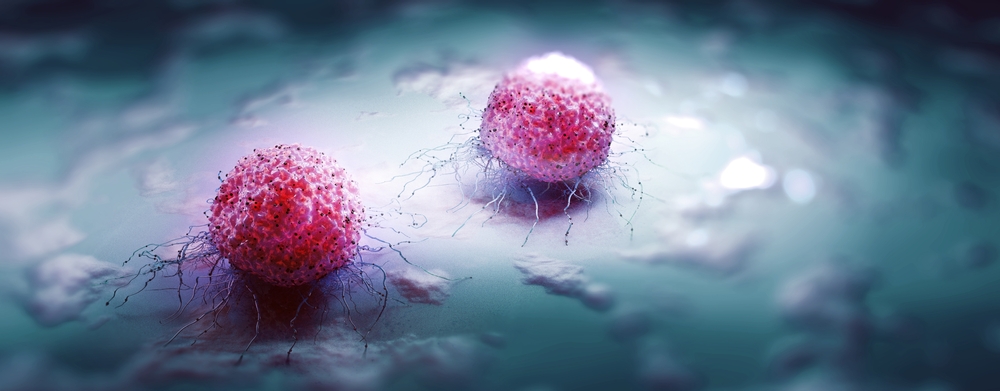
What is being tested
This test measures the amount of 5-hydroxyindoleacetic acid (5HIAA) in the urine. 5HIAA is the primary metabolite of serotonin, a hormone made from the amino acid tryptophan. Serotonin is produced as needed by the nervous system, mainly the brain, but also cells in the bronchial tubes (lungs) and gastrointestinal tract. It helps transmit nerve impulses and constrict blood vessels, participates in the wake-sleep cycle and affects mood. After it is used by the body, serotonin is broken down in the liver, and its metabolites, including 5HIAA, are excreted in the urine.
Ordinarily, only small varying amounts of 5HIAA are present in the urine. Large quantities of serotonin and 5HIAA may be produced, however, by some carcinoid tumours. Carcinoid tumours are slow-growing masses found in the gastrointestinal tract, particularly the appendix and also in the lungs. The can be cancerous or noncancerous. They can remain small and not cause any symptoms. When carcinoid tumours are discovered in patients without symptoms during surgical procedures performed for other reasons, they are called ‘incidental’ tumours. A small percentage of these tumours may eventually grow large enough to cause obstructions in the intestines or bronchial tubes of the lungs.
About 10% of carcinoid tumours, primarily those found in the gastrointestinal tract, will produce enough serotonin to cause symptoms such as flushing of the face, diarrhoea, a rapid heart rate and wheezing. These symptoms are referred to as carcinoid syndrome. The serotonin that causes carcinoid syndrome may be released continuously or intermittently and can lead to significantly increased quantities of 5HIAA in the urine.
How is it used?
5HIAA may be ordered by itself or along with a platelet serotonin level and/or a chromogranin A level ( both blood tests) to help diagnose and monitor carcinoid tumours. A 24-hour urine sample is preferred over a random urine sample for the 5HIAA test because the metabolite level in the urine can vary during the day. A random urine sample is sometimes tested, usually along with a urine creatinine level, when a 24-hour sample is not practical. A random urine is not as accurate as an 24 hour urine sample, however, and if the excess 5HIAA is released intermittently, then it may be missed if random sample is taken.
When is it requested?
This test is primarily ordered when a patient has symptoms suggestive of a carcinoid tumour. It may also be ordered at intervals to help monitor the effectiveness of treatment in patients who have been diagnosed with and treated for a serotonin-secreting carcinoid tumour.
What does the result mean?
A significantly increased level of 5HIAA in a 24-hour urine sample in a patient with carcinoid syndrome symptoms is suggestive but not diagnostic of a carcinoid tumour. For diagnosis, the tumour itself must be located and a sample (biopsy) of it examined by a pathologist. The doctor will frequently follow an abnormal test result with an order for an imaging scan to help locate any tumour(s) that may be present.
A patient with symptoms may still have a carcinoid tumour even if the concentration of 5HIAA is normal. The patient may have a tumour that does not secrete serotonin or one that secretes it intermittently. A patient with no symptoms and normal levels of 5HIAA is unlikely to have a serotonin-secreting carcinoid tumour.
In patients who are being monitored following treatment for carcinoid tumour, decreasing levels of 5HIAA indicate a response to treatment, while increasing or continued excessive concentrations indicate that the treatment has not been successful.
Is there anything else I should know?
Some foods may give mildly elevated levels of 5HIAA, especially bananas, chocolate, kiwi fruit, pineapples, plums, tomatoes and walnuts. These should be avoided for 2 days before and during the urine collection.
There are a variety of drugs that can affect the 5HIAA test. Medications that can increase 5HIAA include paracetamol (acetaminophen), caffeine, ephedrine, diazepam (Valium), nicotine, glyceryl guaiacolate (an ingredient found in some cough medicines) and phenobarbital. Medications that can decrease 5HIAA include aspirin, ethanol (alcohol), imipramine, levodopa, MAO inhibitors, heparin, isoniazid, methyldopa and tricyclic antidepressants. People should talk to their doctor before decreasing or discontinuing any medications.
Common questions
Yes, the other major metabolite is 5-hydroxytryptphol (5-HTOL). This substance is not routinely tested for but may sometimes be performed in a ratio with the 5HIAA test to evaluate ethanol ingestion. An increased ratio of 5-HTOL/5HIAA can be indicative of alcohol consumption in both living people and post-mortem (following death).
No, this test requires specialised equipment and must be performed in a laboratory. Not every laboratory will perform this assay and in some cases your sample will need to be sent to a reference laboratory.
If the drug is one that can increase or decrease the amount of serotonin and 5HIAA, then your results may be affected. However, it is up to your doctor and you to decide whether or not your medication can be safely stopped prior to and during the test collection. If your drugs must be taken, then your doctor will interpret the test results with this in mind.
What is Pathology Tests Explained?
Pathology Tests Explained (PTEx) is a not-for profit group managed by a consortium of Australasian medical and scientific organisations.
With up-to-date, evidence-based information about pathology tests it is a leading trusted source for consumers.
Information is prepared and reviewed by practising pathologists and scientists and is entirely free of any commercial influence.